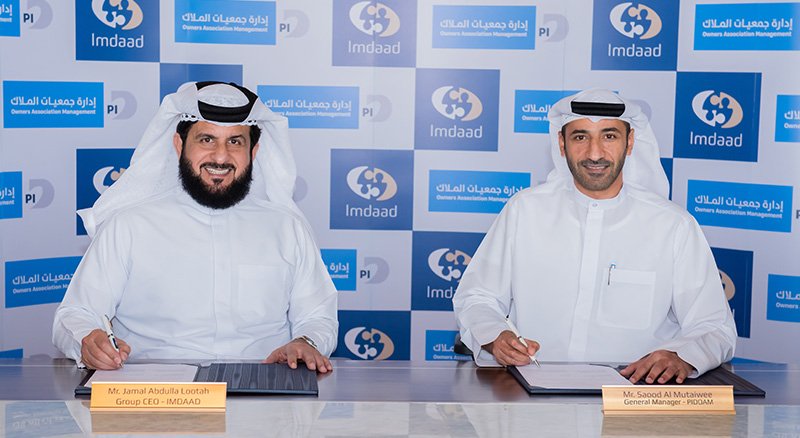Owners Association Management (OAM) plays a crucial role in maintaining and overseeing residential and commercial communities. It is responsible for managing common areas, ensuring legal compliance, and fostering harmonious living environments. With the rapid development of real estate markets worldwide, particularly in regions like the UAE, efficient Owners Association Management is essential for sustaining property value and resident satisfaction.
What is Owners Association Management?
Owners Association Management refers to the administration and governance of jointly owned properties. It is typically managed by a board elected by property owners, supported by professional management companies that handle day-to-day operations. The key responsibilities of OAM include financial management, maintenance, community engagement, and legal compliance.
Key Responsibilities of Owners Association Management
- Financial Management
- Collection of service charges and maintenance fees.
- Budget planning and expense management.
- Financial reporting and audits to ensure transparency.
- Property Maintenance and Upkeep
- Managing repairs, landscaping, and facility maintenance.
- Overseeing security and cleaning services.
- Ensuring compliance with health and safety regulations.
- Community Engagement and Communication
- Facilitating effective communication between residents and management.
- Organizing community events and initiatives.
- Handling complaints and resolving disputes among residents.
- Legal and Regulatory Compliance
- Ensuring adherence to property laws and municipal regulations.
- Managing contracts with service providers and vendors.
- Handling insurance policies and risk management.

Benefits of Effective Owners Association Management
- Enhances property value by maintaining high standards of upkeep.
- Creates a structured and organized community living experience.
- Ensures fair and transparent financial management.
- Encourages resident participation and a sense of ownership.
- Reduces conflicts through clear governance and dispute resolution mechanisms.
Challenges in Owners Association Management
Despite its benefits, Owners Association Management faces several challenges:

- Financial Constraints: Some owners may delay or refuse payment of service charges, affecting budget allocations.
- Resident Disputes: Conflicting interests among residents can pose governance challenges.
- Regulatory Compliance: Constant updates in laws and regulations require ongoing adaptation.
- Vendor and Contractor Management: Ensuring quality service from third-party providers can be a challenge.
The Role of Technology in Modern Owners Association Management
The integration of technology has transformed OAM, making operations more efficient and transparent:
- Smart Community Portals: Digital platforms enable residents to pay fees, file complaints, and access community updates.
- Automated Financial Systems: Digital accounting and reporting tools ensure accuracy and compliance.
- AI-Powered Maintenance Scheduling: Predictive maintenance reduces long-term costs and enhances facility management.
Conclusion
Owners Association Management is vital for the sustainability and success of shared property ownership. By ensuring proper financial management, maintaining high living standards, and fostering community engagement, OAM enhances the overall quality of life for residents. As the real estate sector continues to evolve, adopting innovative solutions and best practices will further strengthen the efficiency of Owners Association Management in modern communities.

Do follow Uae stories for more Updates














